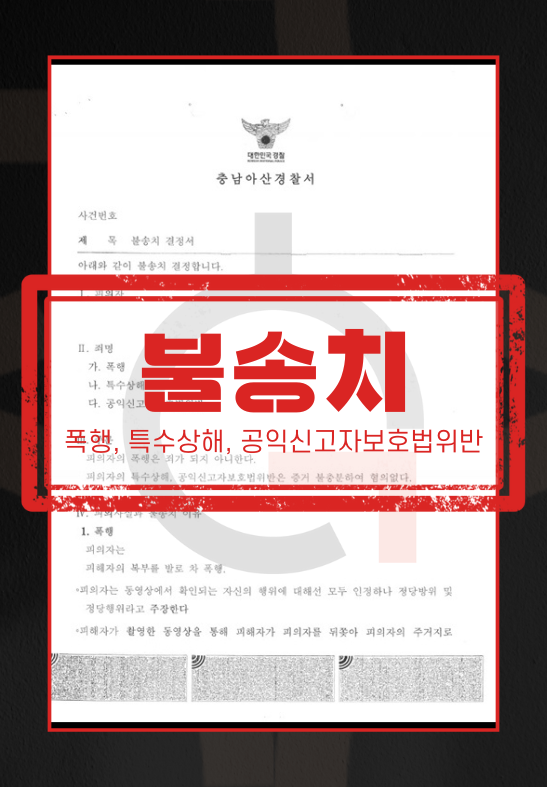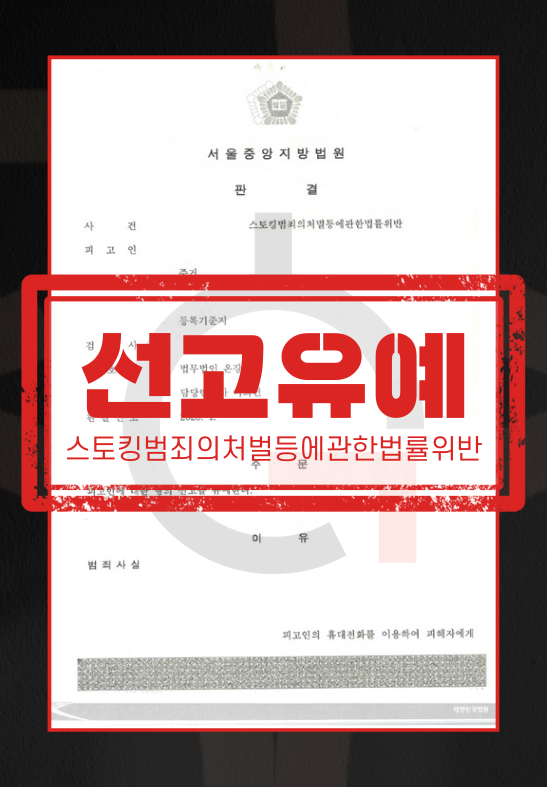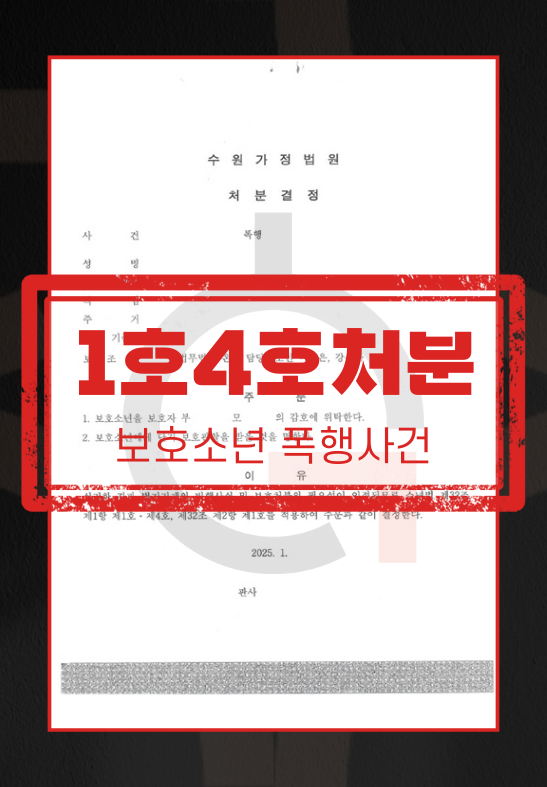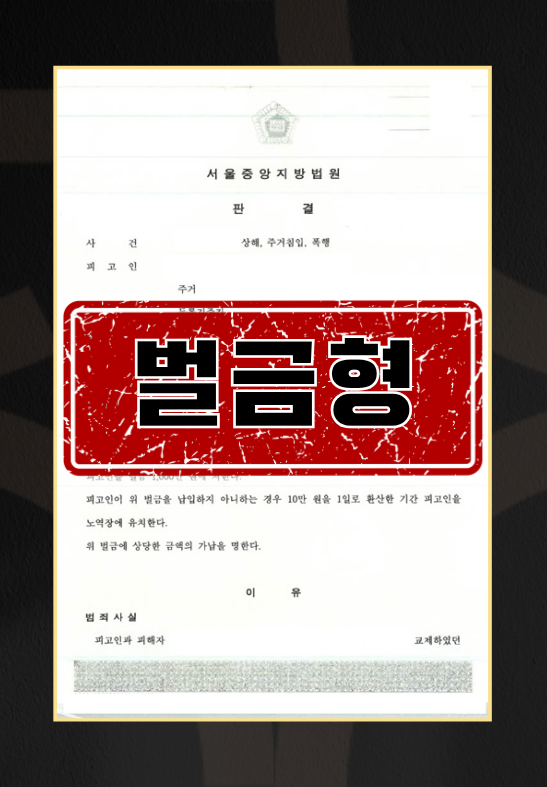
False Assault, Special Injury, and Violation of the Whistleblower Protection Act for Reporting by an Acquaintance
The client was involved in a long-standing conflict with an acquaintance, and they happened to meet near his residence. The client attempted to enter his residence, but the other party tried to follow him, and physical contact occurred while closing the door. The other party sued the client for assault, alleging that the client intentionally caused bodily injury and violated the Public Interest Reporter Protection Act. The client came to Ongang Law Firm with a complaint of injustice. Case Issues Whether kicking the client in the abdomen can be recognized as self-defense Whether the client was intentionally responsible for the injury caused by the victim's foot getting stuck in the door Whether the client knew that the victim was a public interest reporter and tried to disadvantage the victim ■ How Ongang helped Ongang Law Firm provided systematic and professional legal services from the beginning of the case to resolve the client's complaint. 1.




